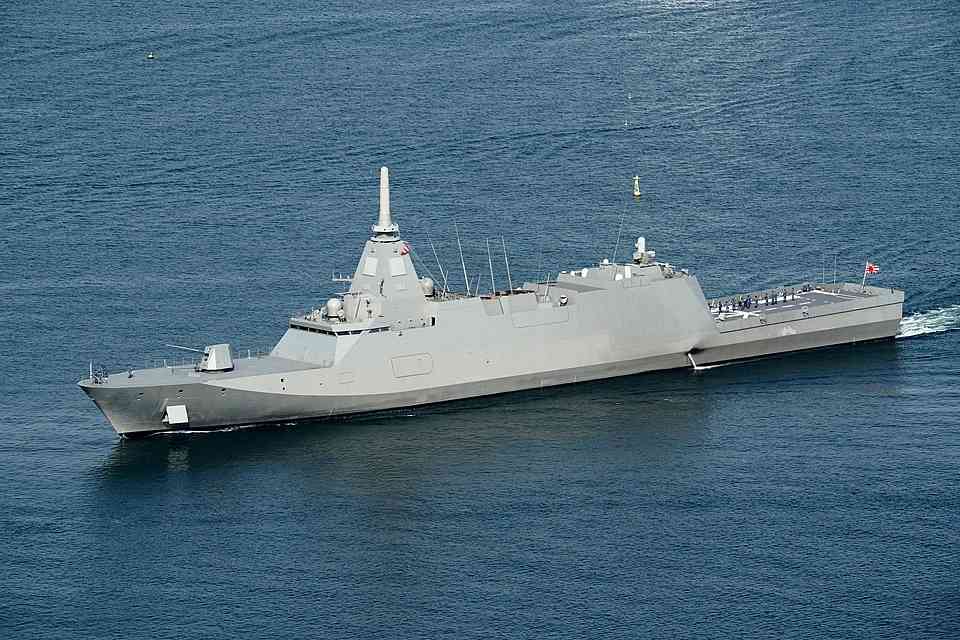Australia has picked Japan’s Mogami-class design for its new naval frigates, with Mitsubishi Heavy Industries (MHI) winning the AUD 10 billion deal to replace the aging Anzac-class vessels.
The agreement, announced on August 5, 2025, calls for MHI to build the first three ships in Japan, with the remaining vessels to be constructed at Western Australia’s Henderson shipyard.
The Mogami-class frigate is stealthy and has 32 vertical-launch cells—twice the cells of the rival design, Defence Minister Richard Marles said.
The deal emerged from Australia’s SEA 3000 program that evaluated the Mogami against Germany’s MEKO A-200 design. Technical factors tipped the scales for the Japanese vessel.
At 6,200 tonnes full load, these ships carry 32 Mark 41 Vertical Launch System cells for missiles – twice what the German design offered. They can travel 10,000 nautical miles without refueling, vastly outranging the current Anzac fleet’s 6,000-mile limit.
### Test Your Frigate IQ!How Well Do You Know Australia’s New Mogami-class Frigates?
1. What is the full-load displacement of the upgraded Mogami frigate?
2. How many vertical-launch missile cells does the Mogami carry?
3. What is the planned crew size for the Mogami-class frigate?
The ships need just 90 crew members thanks to extensive automation, compared to about 170 on current Anzac-class vessels. This helps address staffing shortages the Navy has faced.
Marles noted the ships’ extended range and payload would bolster Australia’s ability to operate in northern maritime approaches.
For Western Australia, the deal brings economic benefits through a Strategic Shipbuilding Agreement that guarantees naval construction work at Henderson through 2045 and is expected to create thousands of jobs.
This partnership secures a continuous shipbuilding pipeline in Western Australia, according to the Defence Ministry’s release.
Markets responded positively, with Austal shares rising over 5% and MHI shares gaining more than 3% in Tokyo after the announcement.
The first ship delivery is set for 2029, and binding contracts are expected to be finalized by 2026. This timeline aims to replace the Anzac-class frigates that have served since 1996.
The deal represents Japan’s first major post-ban defense export since restrictions were eased in 2014.
The ships will use a US-made Lockheed Martin combat system to ensure interoperability with allied naval assets; detailed cybersecurity features have not been publicly disclosed.
No official per-unit cost has been published; the program is funded at A$10 billion over the first decade.The Defence Department will work toward final contracts by 2026 and prepare the Henderson shipyard for local production; details on crew training for the new automated systems are expected in forthcoming implementation plans.



